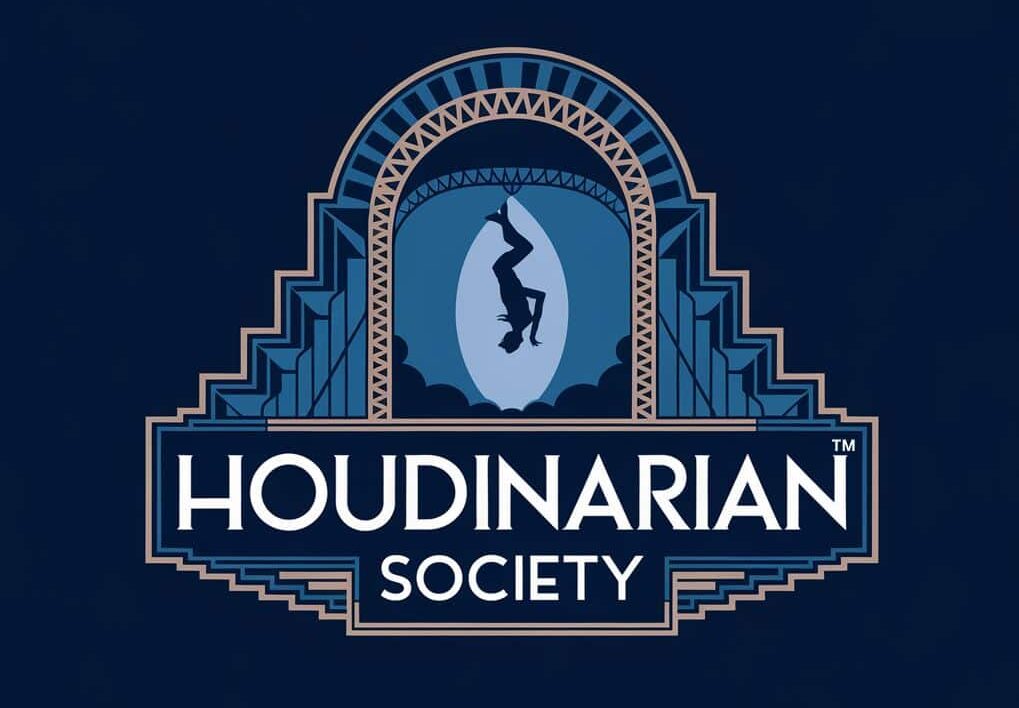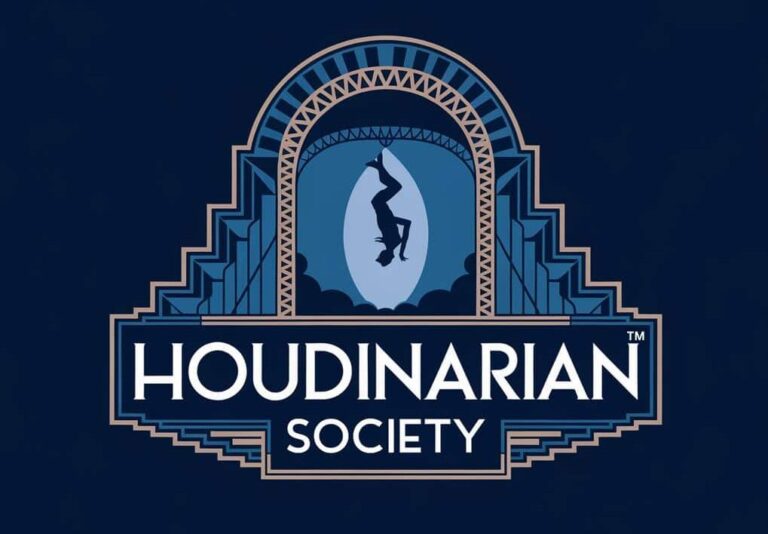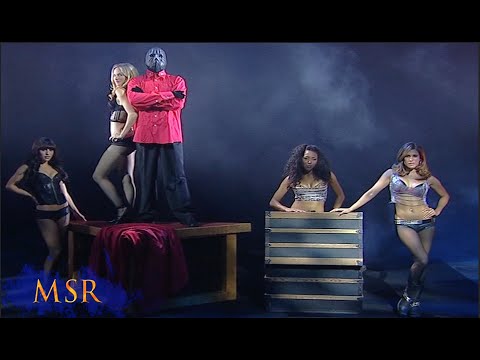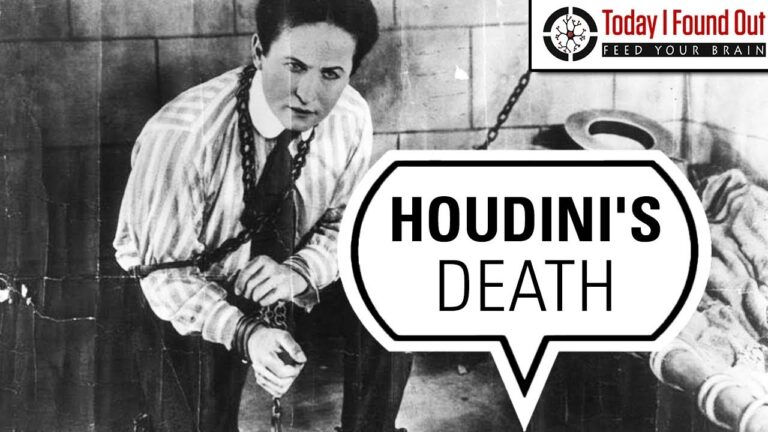Behind the Curtains: Historical Reviews of Houdini’s Most Notable Shows
Harry Houdini mesmerized audiences with his daring escapes and clever illusions. Born as Erik Weisz in Hungary, he transformed into the legendary showman who would revolutionize entertainment.
His most spectacular performances included the famous Chinese Water Torture Cell in 1912. This act left audiences gasping as he escaped while suspended upside-down in a tank of water.
You might be surprised to learn that many of Houdini’s iconic acts started much simpler than they ended up. His famous straitjacket escape was first done behind curtains, with the magician simply emerging free at the end. Later versions would see him performing the same feat suspended high above city streets, adding drama and danger to captivate larger crowds.
The Milk Can escape marked his first major water escape and set the stage for even more dangerous acts to come. Each performance pushed boundaries further, testing both his physical limits and his audience’s belief in what was possible.
The Early Years: Houdini’s Rise To Fame

Before becoming a legendary escape artist, Harry Houdini worked hard to perfect his craft through small shows and constant practice. His dedication and innovative approach to magic shaped his early career in ways that would later define his success.
Initial Performances and Early Press Coverage
Young Houdini began his journey at age 17, performing magic shows with his brother in music halls. He learned the basics of showmanship during these humble beginnings.
The “metamorphosis” trick became his first signature act. You would see him and his wife Bess switch places inside a locked trunk – a feat that left audiences amazed.
His early press coverage focused on his handcuff escapes. You could often find him challenging local police stations to restrain him, building his reputation as the “King of Handcuffs”.
Audience Reactions to Houdini’s Early Acts
Crowds gathered by the thousands to witness his escape attempts. The suspense he created could keep spectators captivated for up to an hour.
His ability to connect with audiences set him apart. You could feel the tension in the room as he worked to free himself from chains and locks.
Early reviews praised his showmanship and determination. Even skeptical viewers found themselves drawn into the drama of his performances.
Backstage Insights from the Early Years
Houdini’s initial career struggles nearly led him to quit show business. He spent countless hours practicing and perfecting his techniques.
His preparation was meticulous. You would find him studying locks and restraints for hours, understanding their mechanisms inside and out.
Behind the scenes, he developed innovative marketing strategies. He would often visit newspaper offices before shows to generate publicity and create buzz around his performances.
The Breakthrough: Houdini’s Iconic Escapes

Harry Houdini revolutionized magic with daring escapes that brought audiences to the edge of their seats. His innovative theatrical performances transformed simple tricks into grand spectacles that captured public imagination.
The Milk Can Escape: Press and Public Reactions
The Milk Can Escape debuted in 1908, drawing massive crowds in St. Louis. Houdini would be handcuffed and sealed inside a large milk can filled with water.
The press called it “the greatest death-defying escape ever attempted.” Newspapers across America printed front-page stories about audience members fainting during performances.
Theater managers reported record ticket sales. One reviewer wrote: “Women screamed and men stood on their chairs as Houdini emerged, gasping but triumphant, after what seemed an eternity.”
The Chinese Water Torture Cell: Behind the Scenes
The Chinese Water Torture Cell required precise timing and physical control. Houdini spent six months perfecting the technique before its 1912 premiere in London.
The glass and steel cell took three months to construct. Each performance required:
- 100 gallons of temperature-controlled water
- Two hidden emergency release valves
- Three assistants monitoring from different angles
- Custom ankle restraints designed by Houdini himself
Analysis of Houdini’s Escape Techniques
Houdini’s private notebooks reveal his methodical approach to developing escapes. You can see how he tested every lock mechanism and studied the physics of water pressure.
His success relied on three key elements:
- Physical conditioning: Daily training in breath control and flexibility
- Equipment mastery: Intimate knowledge of locks, chains, and restraints
- Psychological control: Maintaining calm under extreme pressure
He practiced each escape hundreds of times before performing it live. His intense preparation let him complete most escapes in under three minutes.
The Height of Fame: International Performances

Harry Houdini’s international shows transformed him from a local performer into a global sensation. His spectacular escapes and illusions captured imaginations across Europe, drawing record crowds and media attention.
European Tours: Press Coverage and Audience Reception
Thousands gathered to watch Houdini’s daring feats across Europe’s grandest venues. You would find every performance packed with spectators, from working-class crowds to royal families.
The European press created intense buzz around his appearances. German newspapers dubbed him “The Handcuff King,” while French media praised his innovative escape methods.
Police departments across the continent challenged Houdini with their strongest restraints. He turned these challenges into publicity opportunities, often escaping from local jail cells while newspapers documented every minute.
Notable Shows in London and Paris
The Daily Mirror challenge in London became one of Houdini’s most talked-about performances. You would have seen him struggle for an hour with specially made handcuffs, building suspense before his triumphant escape.
At the Folies Bergère in Paris, Houdini introduced his famous milk can escape. The act stunned audiences who watched him escape from a water-filled container while handcuffed.
His performances at London’s Hippodrome Theatre regularly sold out. The venue’s massive stage allowed for more elaborate setups and larger audiences.
Behind-the-Scenes Preparations for International Acts
Houdini brought an athlete’s dedication to preparing his international shows. You would find him practicing lock-picking techniques for hours each day.
His preparation included learning local languages to better connect with audiences. He kept detailed notes about each venue’s layout and security measures.
Equipment checks became increasingly rigorous as his acts grew more dangerous. Every chain, lock, and restraint underwent careful inspection before each performance.
The American Stage: Major Performances in the U.S.
Harry Houdini’s American performances changed the face of entertainment through spectacular illusions and daring escapes. His shows drew massive crowds and press coverage, creating cultural phenomena that captivated audiences across the nation.
The Overboard Box Escape: Press and Public Accounts
The overboard box escape became one of Houdini’s most talked-about performances in New York harbor. You would have seen him handcuffed, sealed in a weighted wooden crate, and dropped into the murky waters.
Local newspapers reported crowds of over 5,000 spectators gathering at the pier. Women fainted and men shouted as Houdini remained underwater for 2 minutes and 32 seconds.
The police presence was heavy, with officers ready to dive in if needed. After surfacing, Houdini showed the unbroken handcuffs to prove no trickery was involved.
The Vanishing Elephant: Production Secrets Revealed
At the New York Hippodrome, Houdini performed what many consider his greatest stage illusion – making a 10,000-pound elephant disappear.
The trick used a specially constructed cabinet and clever stage lighting. You would have seen Jennie the elephant walk into a giant box on wheels, which appeared to spin around once before opening to reveal empty space.
The illusion’s success relied on precise timing and misdirection. Behind the scenes, a team of stagehands worked complex pulley systems while Houdini commanded the audience’s attention.
Audience Reactions and Critical Reviews
Houdini’s theatrical shows transformed entertainment by combining magic with drama and death-defying stunts.
Critics praised his showmanship and timing. The New York Times called his performances “baffling to the point of supernatural.”
Your ticket would have cost between 50 cents and $2 – a premium price for 1920s entertainment. Theater owners reported sold-out shows weeks in advance.
Professional magicians attempted to replicate his methods but failed to match his dramatic flair and precision.
The Later Years: Houdini’s Final Performances
In the mid-1920s, Houdini’s performances evolved to incorporate more dramatic elements and public spectacles. His acts drew massive crowds eager to witness his death-defying escapes and theatrical presentations.
The Suspended Straitjacket Escape: Media Coverage
The 1920s press covered Houdini’s suspended straitjacket escapes with unprecedented attention. You would see him dangling from skyscrapers, twisting and turning as crowds gathered below.
Local newspapers sent their best photographers to capture these moments. The images showed Houdini’s face strained with effort, his body contorting against the restraints.
These events typically lasted 3-4 minutes, though the media kept audiences in suspense much longer through their detailed coverage and dramatic retellings.
Final Tours and Performances: Audience Insights
Houdini’s last performances at Detroit’s Garrick Theater featured his signature combination of magic and escapology. The audience witnessed his famous Chinese Water Torture Cell escape, which remained a crowd favorite.
His shows incorporated exposés of fraudulent mediums, reflecting his crusade against spiritualism. You would hear gasps as he revealed the tricks used by fake psychics.
Theater records note packed houses during these final shows. Ticket prices ranged from 50 cents to $2 – equivalent to $8-32 today.
Backstage Documentation of Houdini’s Last Acts
Behind the scenes, Houdini maintained detailed records of his preparations. His assistant Jim Collins documented every equipment check and safety measure.
His final performances in 1926 showcased increasingly complex illusions. The backstage notes reveal his meticulous attention to timing and presentation.
The crew logs show each show lasted exactly 2 hours and 15 minutes. Props included:
- 3 sets of handcuffs
- 2 straitjackets
- 1 milk can
- Various lockpicking tools
The Method Behind The Magic: Houdini’s Theatrical Approach
Harry Houdini mastered the art of theatrical presentation by combining meticulous planning, skillful promotion, and precise stagecraft. Behind each spectacular performance lay countless hours of preparation and a team of dedicated professionals working in perfect sync.
Houdini’s Promotional Strategies
Houdini pioneered bold publicity stunts to attract crowds. He would perform death-defying escapes outside newspaper offices, drawing massive crowds and guaranteed press coverage.
His promotional tactics included:
- Public challenges to local police departments
- Dramatic newspaper advertisements
- Free outdoor demonstrations
- Hospital visits in each city
- Local radio appearances
Every appearance was carefully orchestrated to build suspense and create word-of-mouth buzz. You could find his posters plastered across city walls weeks before his arrival.
Technical Aspects of Houdini’s Stagecraft
Houdini transformed simple magic tricks into grand spectacles. He used specially designed props and equipment, often built to his exact specifications.
He insisted on laying carpets on stage to prevent trapdoor suspicions. His most impressive feats required intricate mechanical setups hidden from audience view.
Technical elements included:
- Custom-built restraints
- Hidden lockpicking tools
- Specially designed water tanks
- Strategic lighting placement
- Carefully positioned curtains
Collaboration with Assistants and Stage Crew
Each show required perfect coordination between Houdini and his team. His wife Bess served as his primary assistant, knowing every detail of his routines.
His crew included skilled technicians, experienced stagehands, trusted security personnel, personal secretaries, and equipment specialists.
Team members signed strict confidentiality agreements. You would never see them break character during performances, maintaining the illusion that Houdini’s escapes were genuine magic.
Contents






